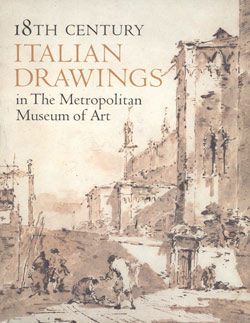Head of a Woman
Giovanni Battista Piva (Biva) Italian
Not on view
Giovanni Battista Piva (sometimes called Biva) is a rather shadowy figure, a painter and etcher said to have been a pupil of Giovanni Battista Tiepolo (1696-1770). Donated to the museum in memory of Lawrence Turcic (1949-1988), curator in the Department of Drawings, this drawing with the head of a woman - possibly the Virgin Mary - is delicately rendered in black chalk and was correctly attributed to the elusive artistic personality of Piva by the anonymous eighteenth-century collector known as 'The Reliable Venetian Hand.' In addition to the present example, the 'Reliable Venetian Hand' attributed to Piva two other drawings: an "Infant Hercules Strangling a Serpent", presented by James Byam Shaw to the Fondazione Cini, Venice (see: Bettagno, 1966, no. 12 6, repr.), and a "Moses and Aaron", presented by Jean-Luc Baroni to the Frits Lugt Collection, Fondation Custodia, Paris (see: Byam Shaw, 1983, 1, no. 299 A, 3, pl. 510).
The Metropolitan Museum of Art owns four other drawings with attributions written by the "Reliable Venetian Hand" (see acc. nos. 66.53.4, 66.53.6, 61.204 and 62.121.2), all of them considered to be correct. These annotations, in neat, slanting letters, giving the artist's name and place of origin, are the work of a still-unidentified Venetian collector of the eighteenth century whose taste and exceptional erudition were the subject of an instructive exhibition organized by Alessandro Bettagno in 1966. On the lower right, the sheet also bears the collector's mark with a capital "C", which can be tentatively identified with that of the French engraver Anne-Claude-Philippe de Tubières, comte de Caylus (1692-1765). (F.R.)
This image cannot be enlarged, viewed at full screen, or downloaded.




